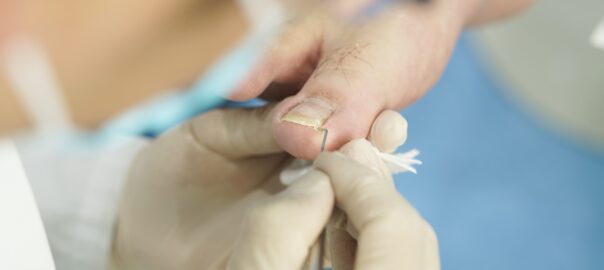A podiatrist, also known as a Doctor of Podiatric Medicine (DPM) or chiropodist in some countries, is a healthcare professional who specializes in diagnosing and treating conditions related to the foot, ankle, and lower extremities. Podiatrists undergo extensive training in podiatric medicine, which includes medical, surgical, and rehabilitative treatments for a wide range of foot and ankle issues. Podiatrists from Chicago Home Foot Care visit their patients at comfort of their homes in Chicago. 312-998-0974
Here are some of the common tasks and responsibilities of podiatrists:
- Diagnosing foot and ankle conditions: Podiatrists evaluate patients’ symptoms, medical history, and perform physical examinations to diagnose various foot and ankle problems such as fractures, sprains, arthritis, bunions, hammertoes, plantar fasciitis, ingrown toenails, fungal infections, diabetic foot complications, and more.
- Providing medical treatments: Podiatrists may prescribe medications, orthotic devices, and recommend physical therapy to manage foot and ankle conditions. They also treat skin and nail disorders, such as calluses, corns, warts, and fungal infections.
- Performing surgical procedures: In cases where conservative treatments are ineffective, podiatrists may perform surgical procedures to correct structural deformities, alleviate pain, or restore function. Common foot surgeries performed by podiatrists include bunionectomy, hammertoe correction, heel spur removal, and ingrown toenail removal.
- Preventative care: Podiatrists educate patients about proper foot care practices and preventive measures to avoid foot problems, especially in individuals with diabetes or other conditions that increase the risk of foot complications.
- Managing sports-related injuries: Podiatrists often work with athletes to diagnose and treat sports-related foot and ankle injuries such as sprains, stress fractures, Achilles tendonitis, and plantar fasciitis. They may also provide advice on footwear selection and orthotic devices to prevent injuries and enhance athletic performance.
Overall, podiatrists play a crucial role in maintaining foot health and mobility, helping patients alleviate pain, improve function, and enhance their quality of life. They work in various settings, including private practices, hospitals, clinics, sports medicine facilities, and long-term care facilities.
Call housecall podiatrists at Chicago Home Foot Care at 312-998-0974. Our Chicago podiatrists can provide a proper diagnosis based on your symptoms, medical history, and potentially recommend imaging studies or other diagnostic tests to identify the underlying cause and determine the appropriate treatment.










